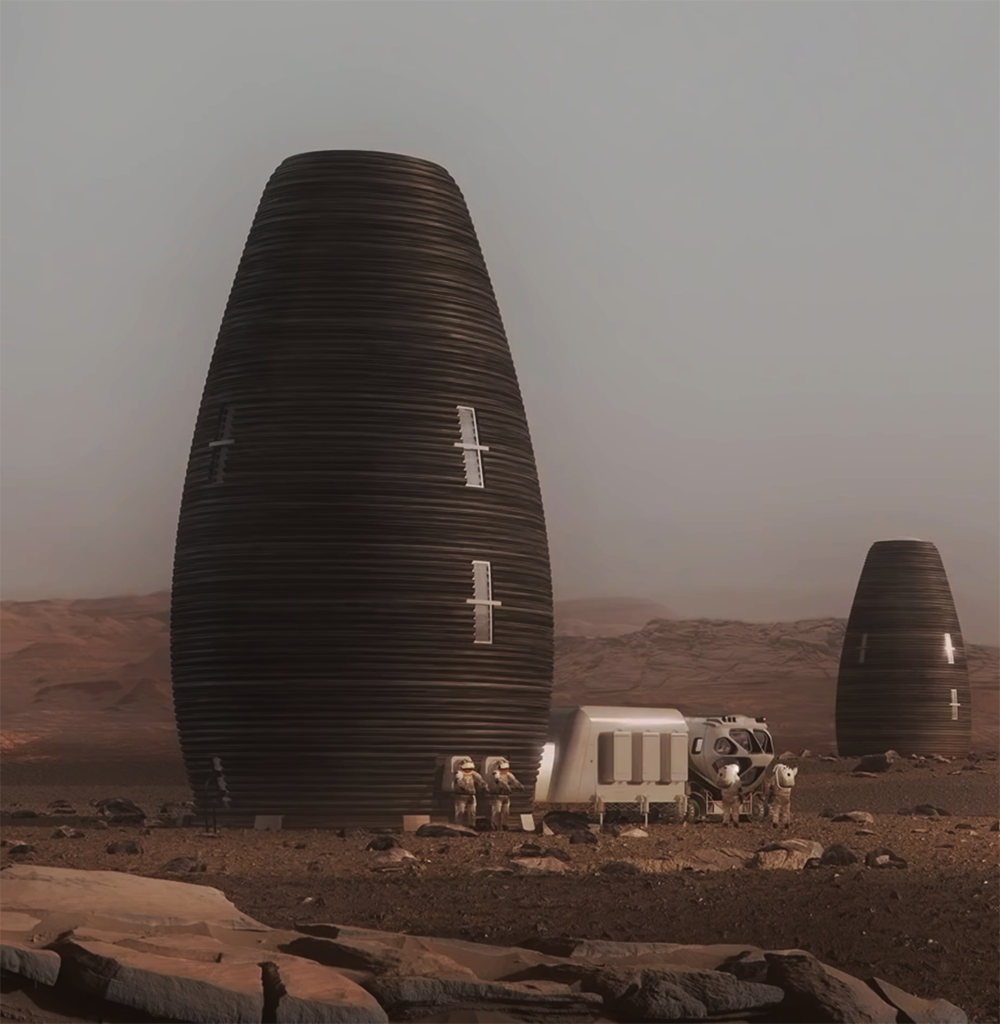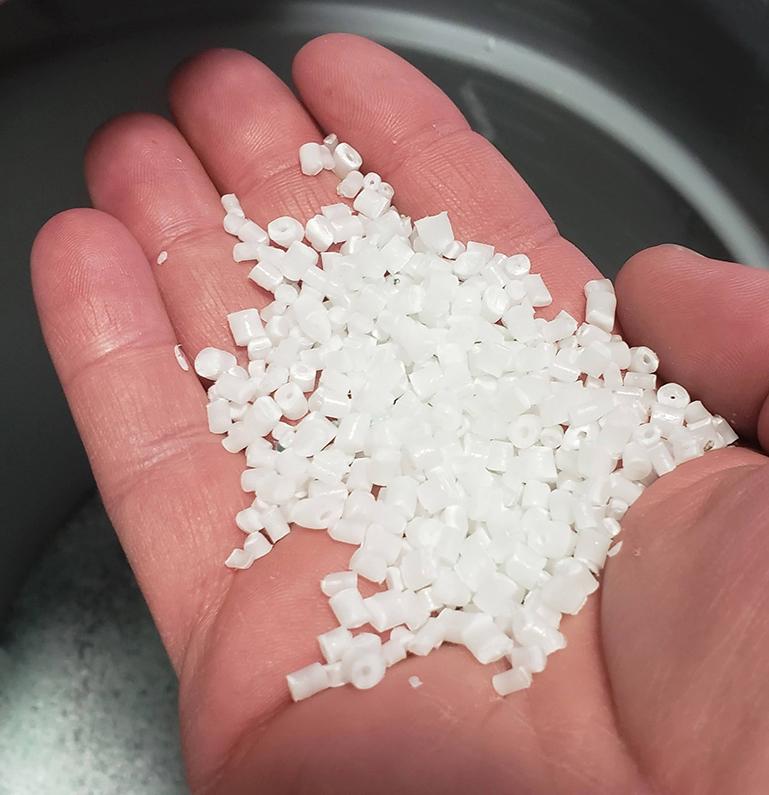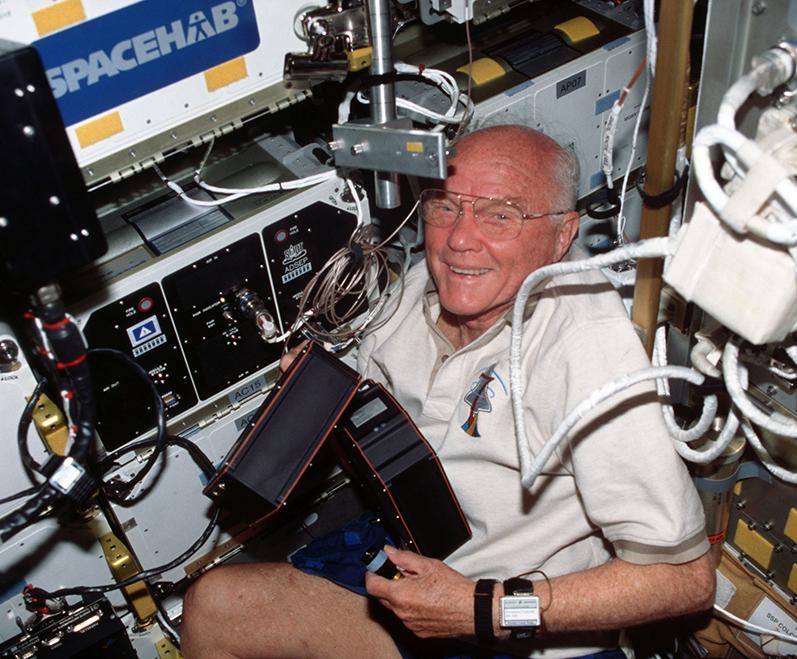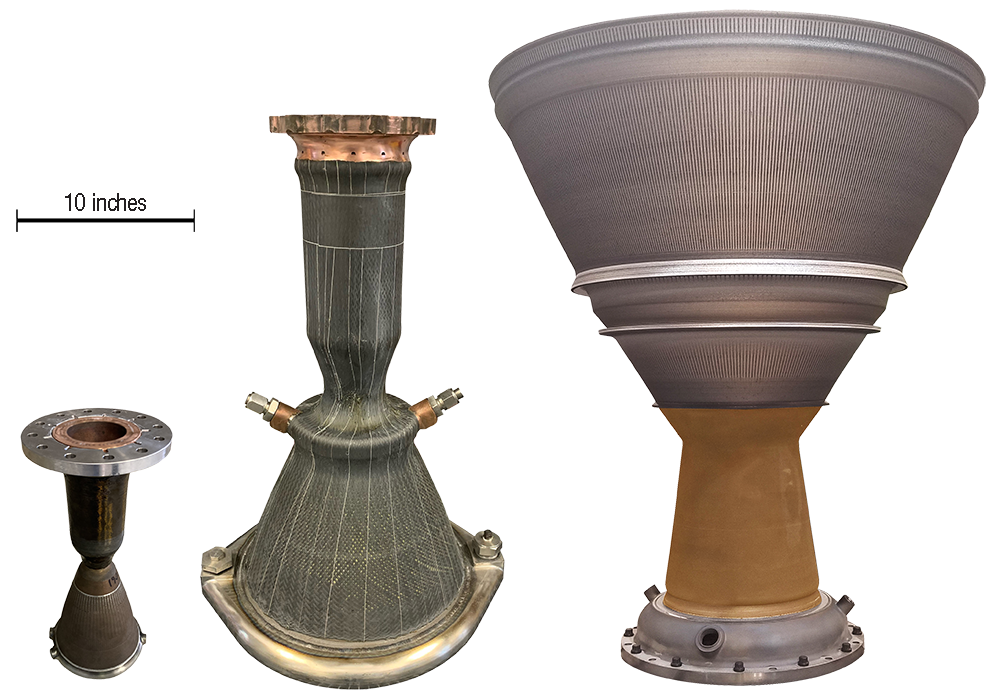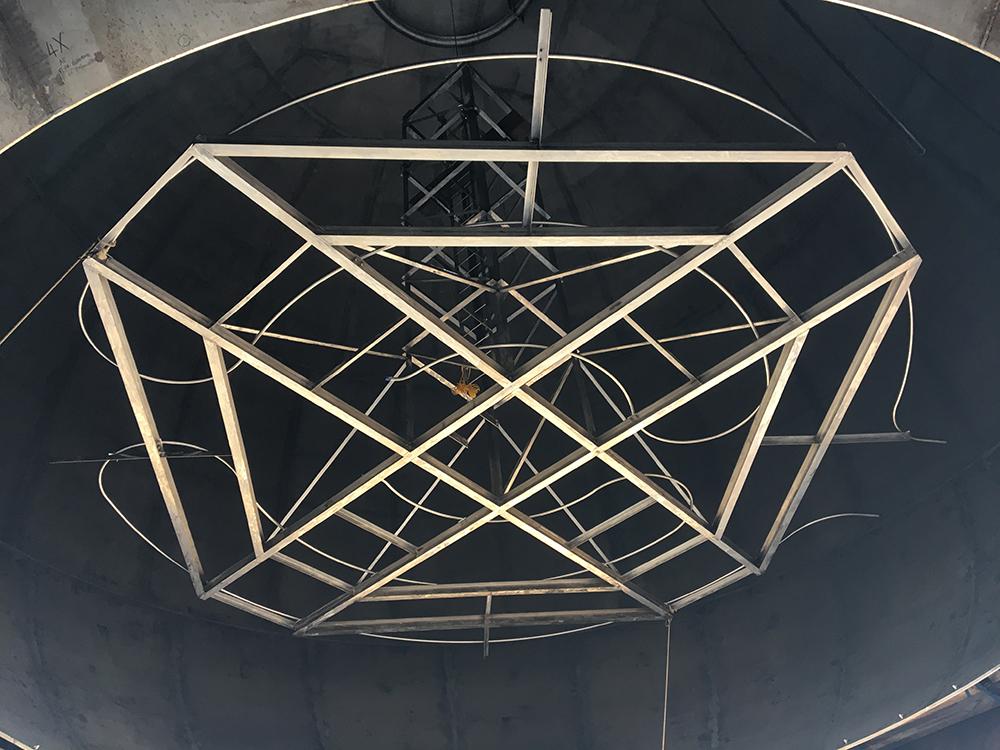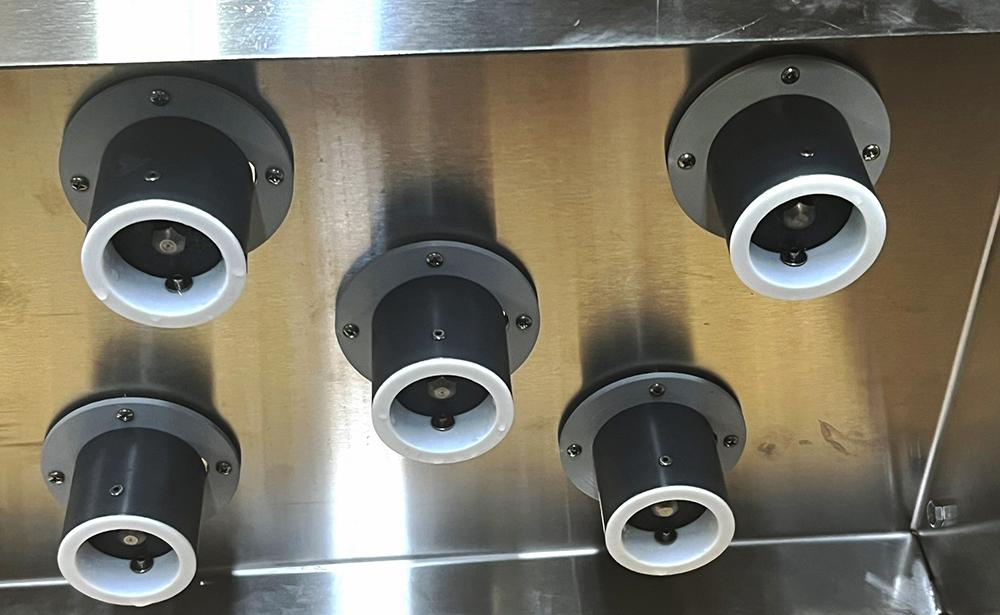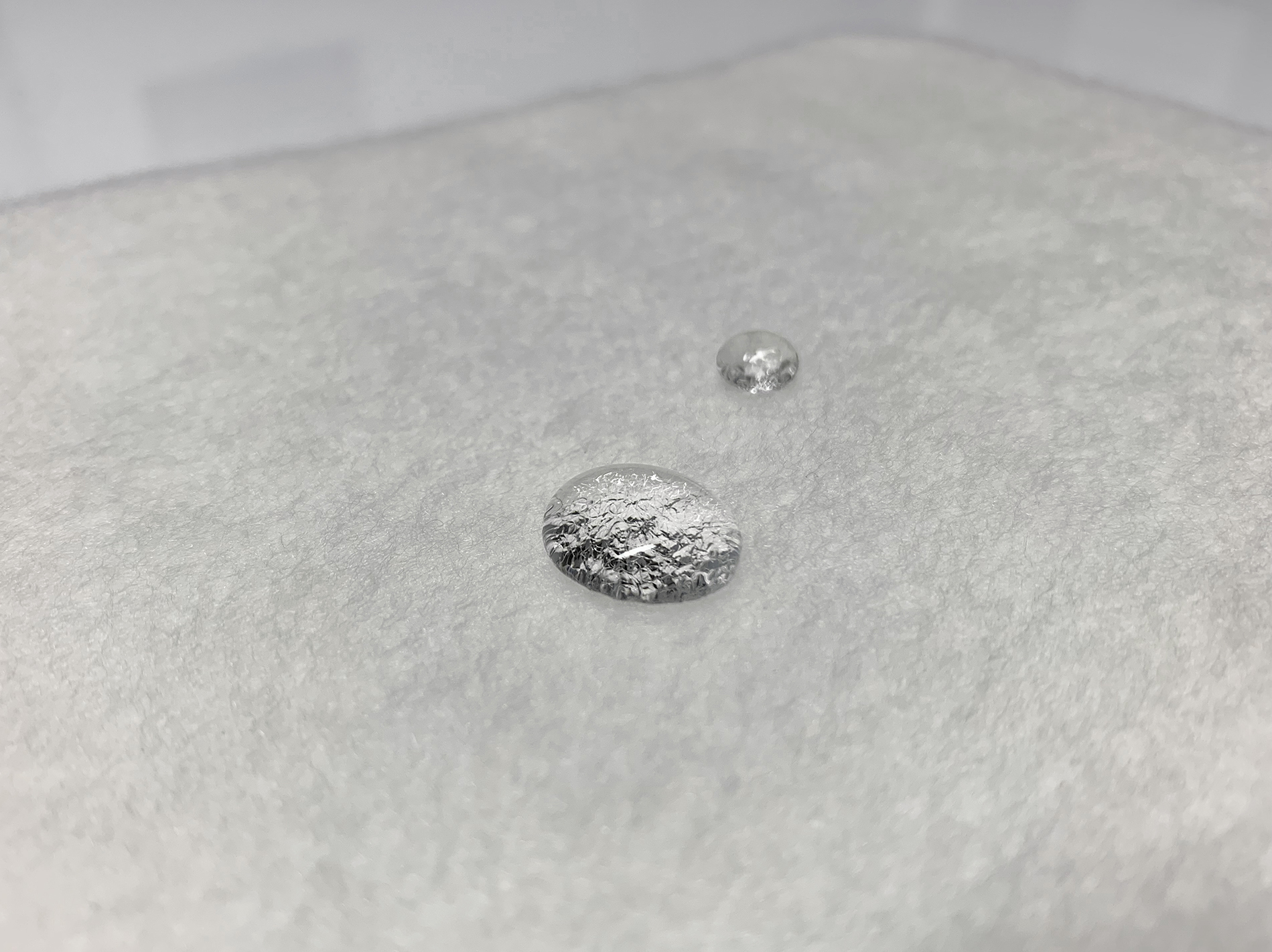
Innovation Comes Out of the Wool Work
Subheadline
NASA takes wool filters where no sheep has gone before
For millennia, sheep’s wool has been key to major leaps in technology. From the invention of the spinning wheel to the dawn of computer-controlled looms, refining wool into textiles has led to revolutions in industry. Today, wool itself is leading the charge, with some assistance from NASA.
In the enclosed environment of a spacecraft, a fire is among the worst-case scenarios. Astronauts spend days training to put out a fire quickly and effectively. However, extinguishing a fire doesn’t eliminate the consequences that remain afterward, like hazardous gases and microscopic particulates that could be dangerous to breathe. Compared to the International Space Station, where a module can be sealed off and astronauts can take shelter elsewhere on the station, Artemis astronauts in the much smaller Orion spacecraft would have to spend hours in the environment where fire once raged.
Looking for a good option to extend the life of the Orion spacecraft’s emergency firefighting masks, NASA contractor Amentum Holdings Inc. explored several filtration media. Lanaco Ltd., based in Auckland, New Zealand, was the company Amentum entrusted to make an attachment that would augment the existing filter in the firefighting masks astronauts currently wear.
“Twelve years ago, we came across some interesting technology. It’s called sheep’s wool,” said Nick Davenport, founder and managing director of Lanaco. “We’ve done a lot of science to understand how a natural fiber like this could perform in industrial applications.”
Founded in 2012, the company initially focused on filters for industrial protection like spraying paint or sandblasting. Davenport said the company used a two-pronged approach to develop its “Helix” product — constructing a filter medium out of wool that was effective and also breeding sheep that would produce better wool at the source. Meeting NASA specifications, Lanaco developed a version of the filter that would function perfectly in conditions that would come after a fire in space, for example, making it resistant to the moisture that lingers after the use of fire suppression equipment. Davenport said wool was very effective for this, because it has several properties that equal or exceed the performance of synthetic fibers.
“Wool is naturally fire-resistant, it’s naturally bacteriostatic, and it handles moisture exceptionally well. And when it’s built into our filter, it has hydrophobic performance, so you can’t ask for anything better,” Davenport said.
Lanaco’s work has previously resulted in firefighting masks on Earth, but since then, the company’s NASA-derived wool filters have been used in several industrial applications, particularly since the COVID-19 pandemic highlighted a global need for masks.
Today, Lanaco’s filters can be found in industrial respirator masks that protect people from inhaling particulates anywhere from home DIY projects to dusty workplaces.
Lanaco products are also cleaning the air in filtration systems at home and on the go, and are now being tested for many other devices. Because the NASA work produced a wool filter that‘s effective at removing particulates in high-moisture environments, it’s perfect for medical devices that have to contend with the particles and moisture present in exhaled breath and the humidified air of hospitals.
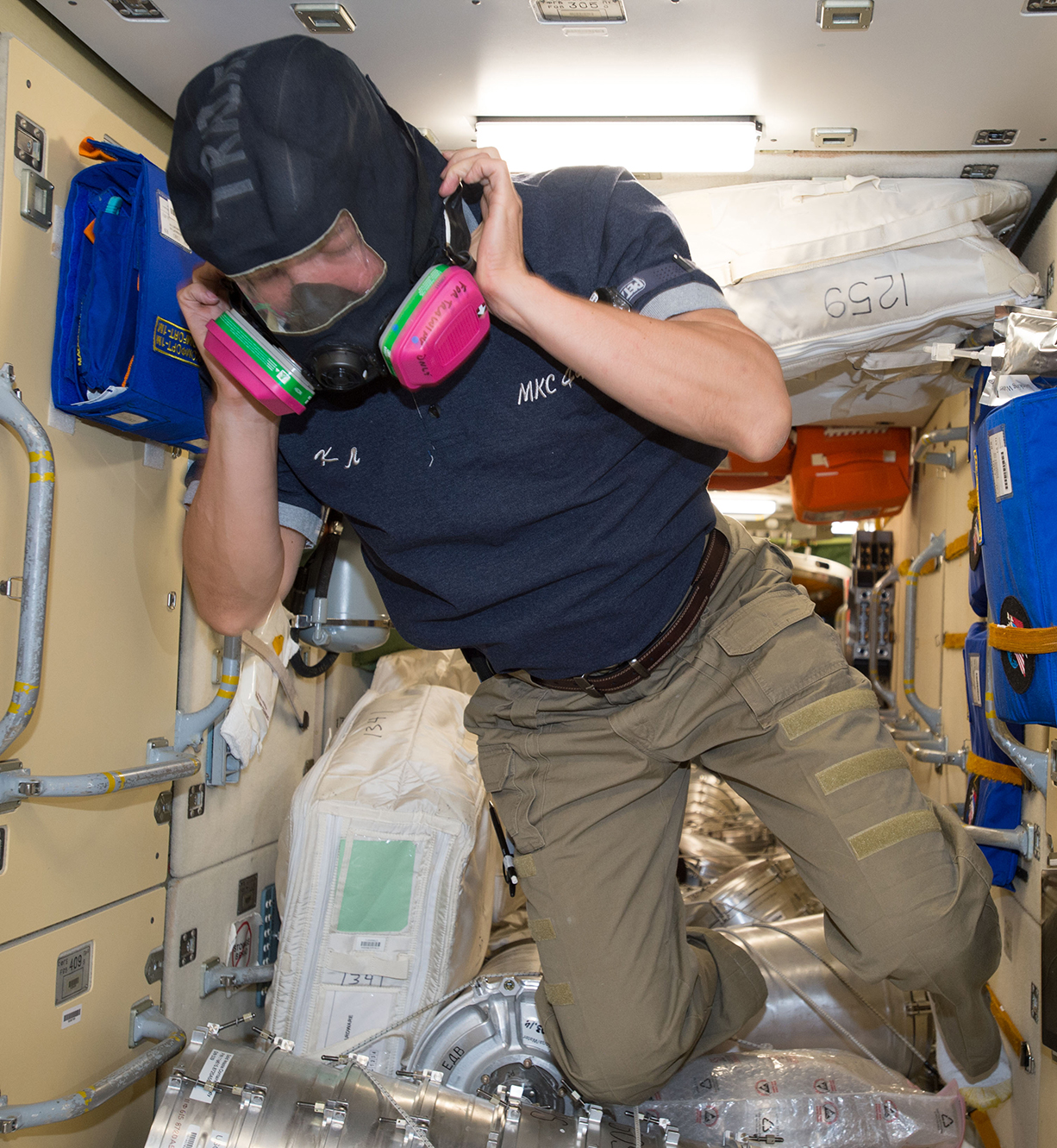
Aboard the International Space Station, astronauts have to wear special masks to fight fires. But to use these masks on the much smaller Orion spacecraft required long-lasting filters, and NASA worked with Lanaco to develop them. Credit: NASA

Water droplets on top of Lanaco filter material. Its wool construction naturally keeps out moisture and particulates, which was what interested NASA for use in space firefighting equipment. Credit: Lanaco Ltd.





